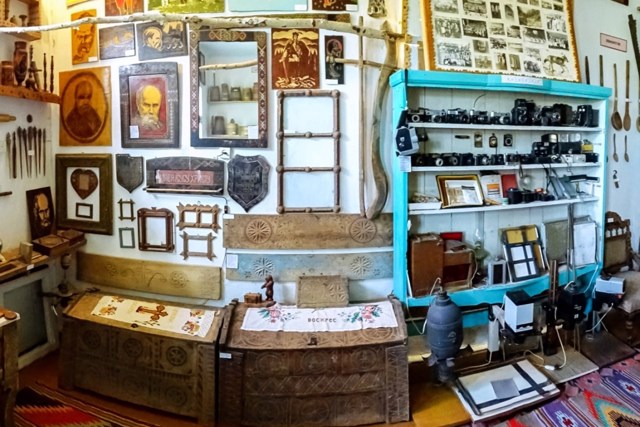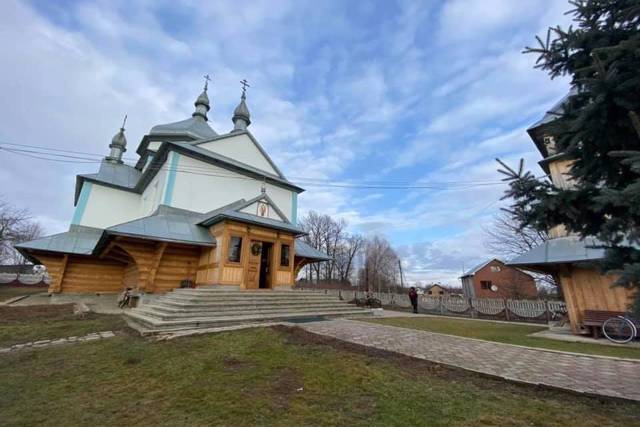Functional temporarily unavailable
Sadzhava
Travel guide online Sadzhava
General information about Sadzhava
The village of Sadzhava is located 5 kilometers west of Bohorodchan, on the opposite bank of the Bystrytsia Solotvynska river, into which the small Sadzhavka river flows. Administratively, Sadzhava is part of the Ivano-Frankivsk district of the oblast of the same name.
Sadzhava was first mentioned in documents in 1492. According to legend, there was once a manor garden at this place, which is where the name of the village supposedly comes from.
The wooden church of Archangel Michael was built in 1883.
Since 1989, the Museum of Ethnography and Life of the Sadzhava Village has been operating, founded on the initiative of the director of the local school, Vasyl Moroz.
Cело Саджава розташоване за 5 кілометрів на захід від Богородчан, на протилежному березі річки Бистриця Солотвинська, до якої тут впадає маленька річка Саджавка. Адміністративно Саджава входить до складу Івано-Франківського району однойменної області.
В документах Саджава вперше згадується у 1492 році. За легендою, колись на цьому місці був панський сад, звідки нібитой й походить назва села.
Дерев'яна церква Архистратига Михаїла побудована 1883 року.
З 1989 року працює Музей етнографії і побуту села Саджава, заснований за ініціативи директора місцевої школи Василя Мороза.
Сплануй своє перебування у Sadzhava
What to see and where to go in Sadzhava
Tourist attractions and museums of Sadzhava

Village Sadzhava People's Museum of Ethnography and Life
Museum / gallery
The People's Museum of Ethnography and Life of the Sadzhava Village was created in 1989 on the initiative of local educators. Now the exhibition is housed in nine halls of a separate building across from the Sadzhava Lyceum.
More than 4,000 exhibits tell about the history of the origin and development of the village of Sadzhava, introduce the ancient traditions and rituals of the villagers, present village crafts and the creativity of folk craftsmen.
The interior of an old village house with a stove, a bed, a chest and household items is recreated. A selection of agricultural implements, remains for harnessing horses and cattle are presented.
In the collection of musical instruments: flute, violin, cymbals, tambourine, sitko, mandolin, bandura, guitar, harmonica, accordion, first radio, gramophone.
A separate exhibition is devoted to children's toys of the late 19th and early 20th centuries.
Reviews Sadzhava
Geographical information about Sadzhava
| {{itemKey}} | {{itemValue}} |
|---|---|
| Region |
Ivano-Frankivsk |




